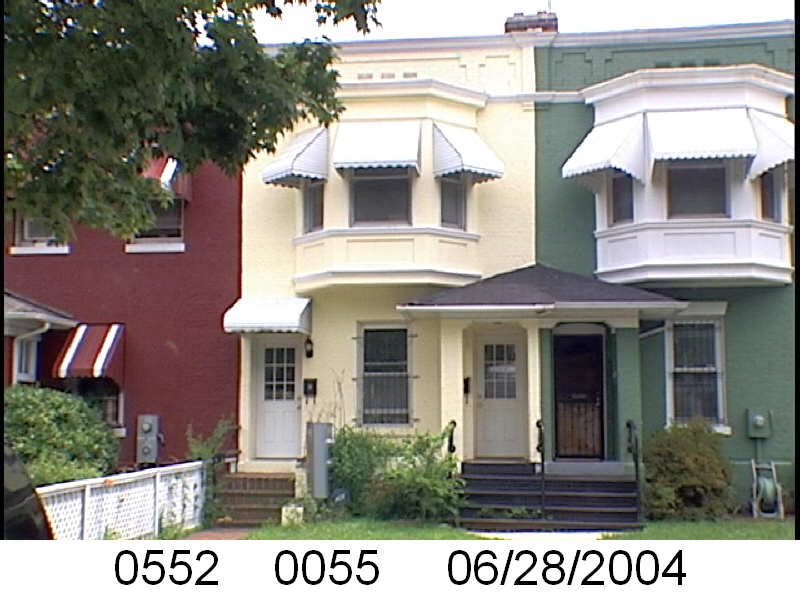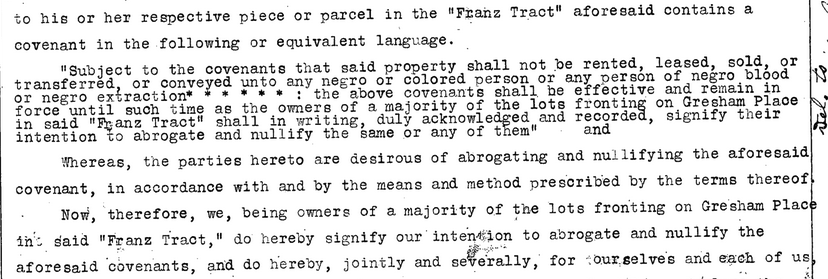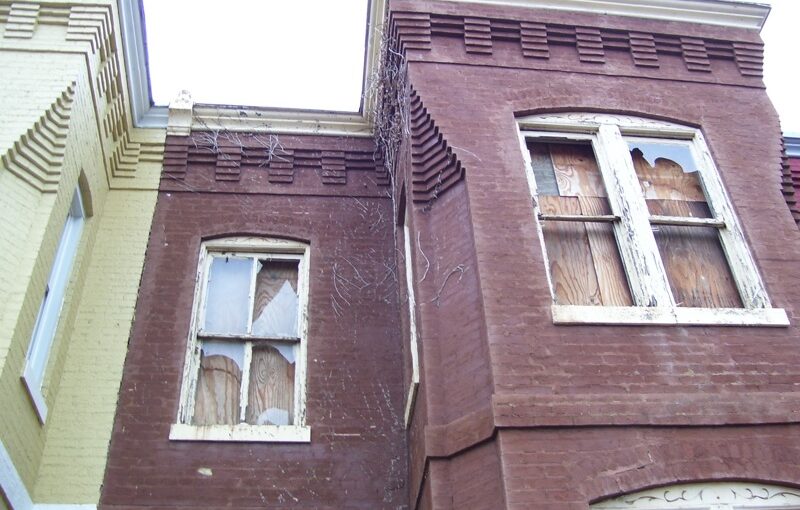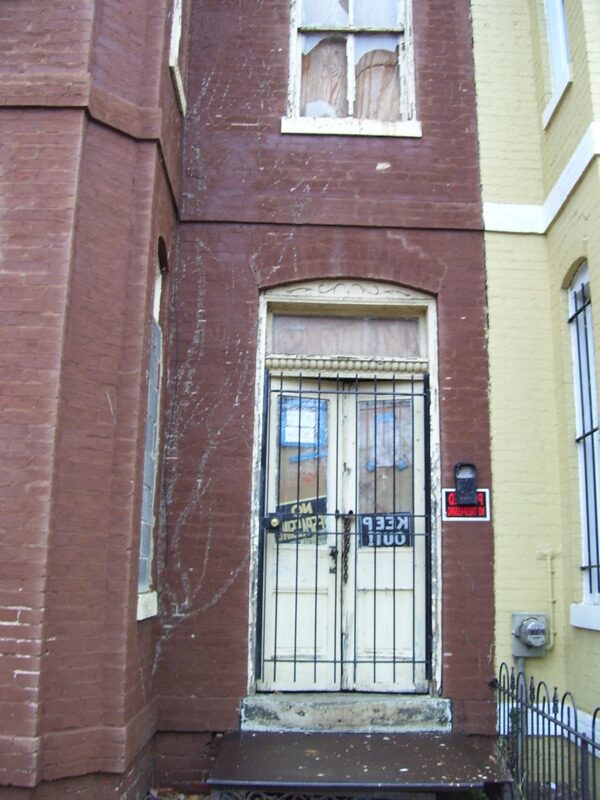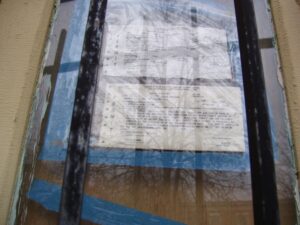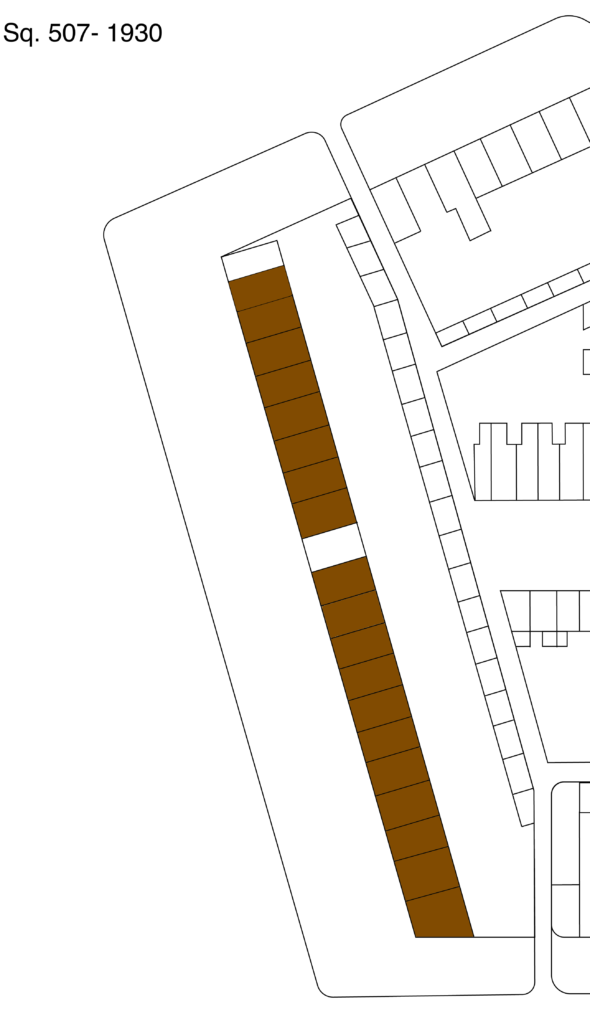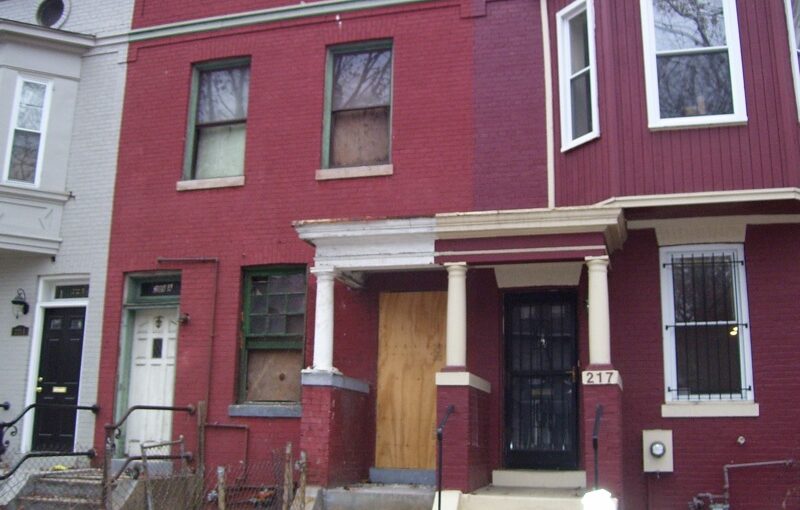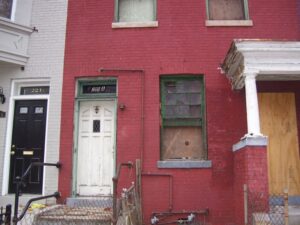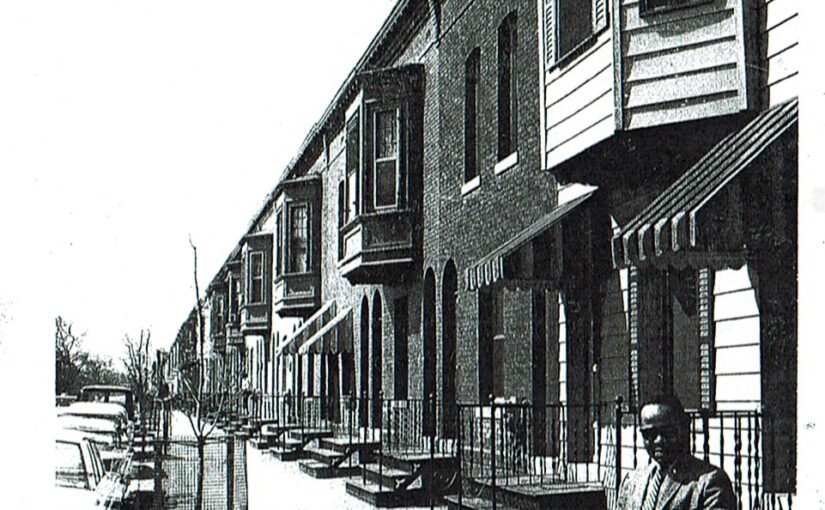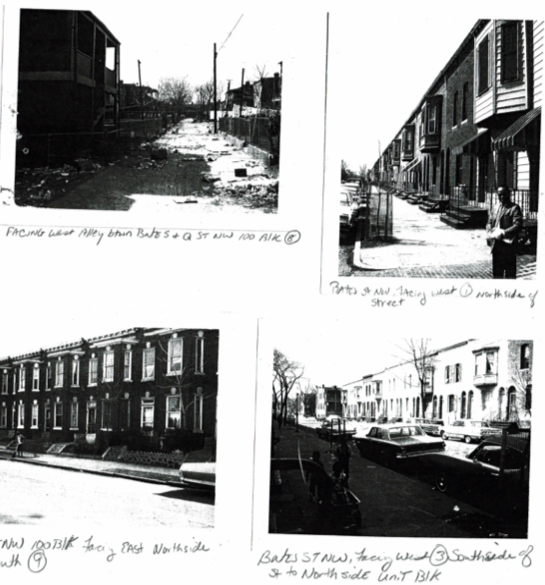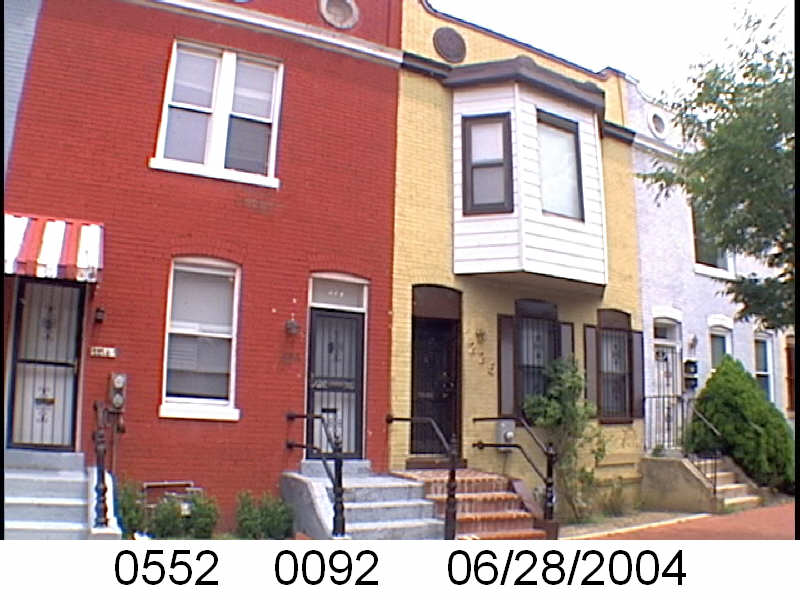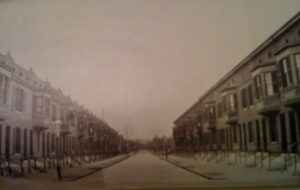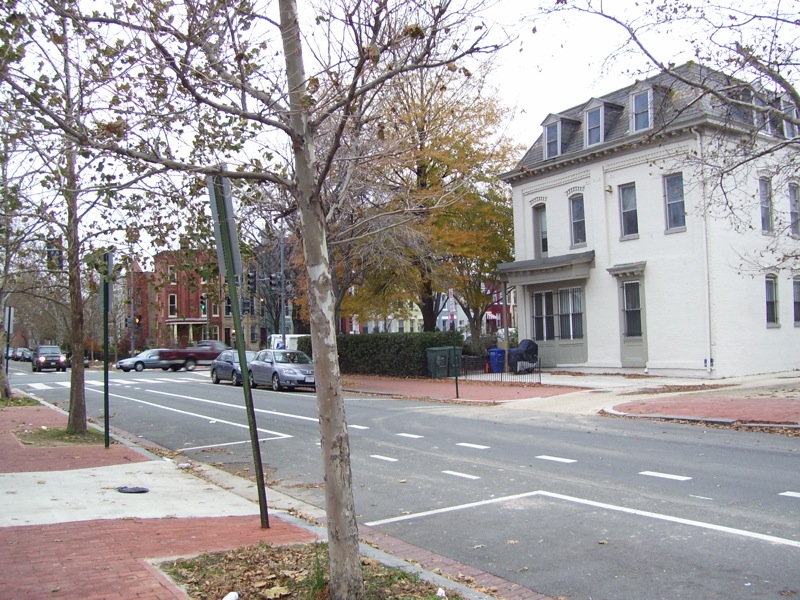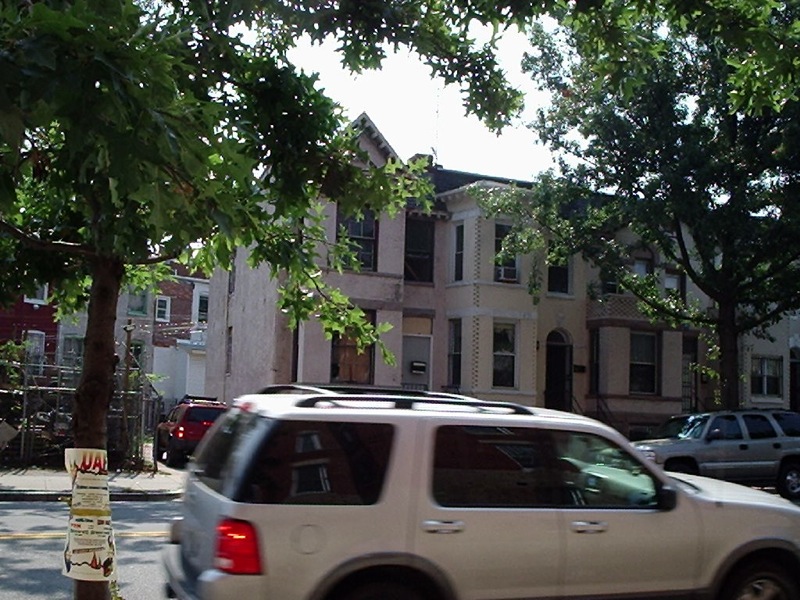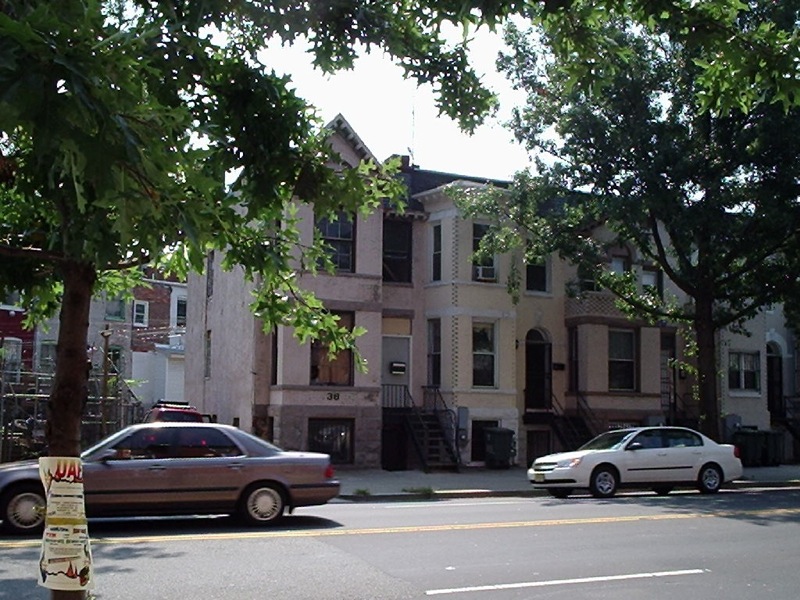The Washington Sanitary Improvement Company (WSIC) was a late 19th century charitable capitalism experiment that ended in the 1950s. This blog started looking at the homes that were supposed to be sold to African American home buyers, after decades of mainly renting to white tenants.
Looking at WSIC properties they tend to have a pattern where the properties were sold to a three business partners, Nathaniel J. Taube, Nathan Levin and James B. Evans as the Colonial Investment Co. for $3 million dollars. Those partners sold to African American buyers. There was usually a foreclosure. Then the property wound up in the hands of George Basiliko and or the DC Redevelopment Land Agency (RLA). Then there were the odd lucky ones who managed to avoid that fate.
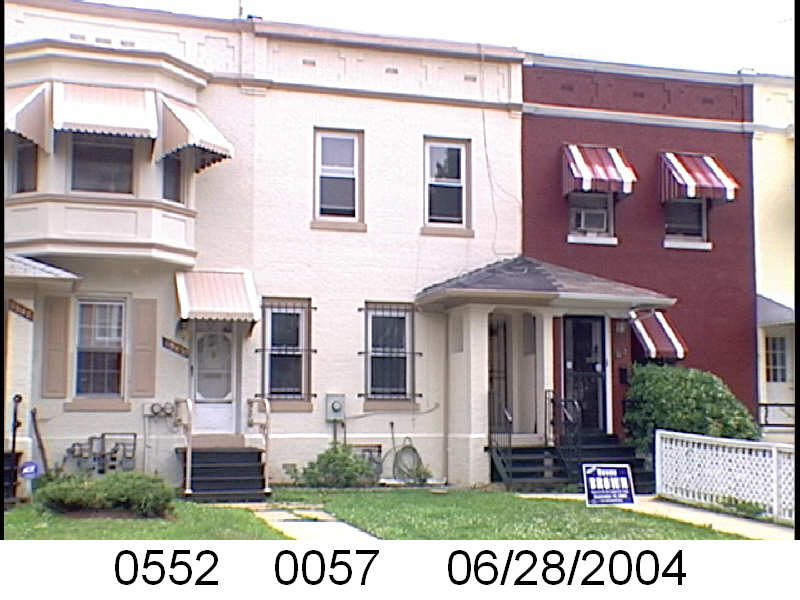
Let’s see what happens with 1545 3rd St NW:
- January 1951 Evans, Levin and Taube sold one-half of 1545 3rd NW to Carrie B. and Robert L. Andrews.
- January 1951 the Andrews borrowed $3,525 from Colonial Investment Co. favorite trustees Abraham H. Levin and Robert G. Weightman.
- January 1951 Evans, Levin, and Taube sold the other half of 1545 3rd St NW to Jimmie Batts and Queen E. Coles.
- Jan 1951 Batts and Coles borrowed $3,525 from trustees Abraham H. Levin and Robert G. Weightman.
- October 1952 the Andrews lost their half to foreclosure. Through an auction the property returned to Evans, Levin and Taube.
- October 1952 Evans, Levin and Taube sold the foreclosed half to Mrs. Elizabeth W. Banks.
- October 1952 Mrs. Banks borrowed $4,164.38 from trustees Abraham H. Levin and Robert G. Weightman.
- September 1954 Batts and Coles lost their half to foreclosure. Evans, Levin and Taube got the property back via an auction.
- October 1955 Banks lost her half to foreclosure. Evans, Levin and Taube got the property back via an auction.
- November 1961, the Colonial Investment Co. parties, as part of a larger property package, sold 1545 3rd St NW to Sophia and George Basiliko.
- July 1970, as part of a larger property package (document 1970011877) , George Basiko sold 1545 3rd St NW to the District of Columbia Redevelopment Land Agency (RLA).
So the sad story and pattern apply here. The next set of documents after the RLA got their hands on it were from 2004 with BSA Limited Partnership. BSA- I will assume are the Bates Street Associates, which were a problematic organization.


